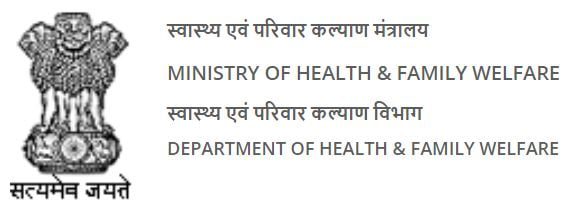Excipient Disclosure: A New Era for Drug Transparency in India?
India’s Health Ministry is considering a significant amendment to drug labeling rules that could revolutionize how patients and doctors make informed decisions about medication. The proposal seeks to mandate the disclosure of excipients – substances other than the active pharmaceutical ingredients (APIs) – on drug labels. This move aims to empower consumers and healthcare professionals with a deeper understanding of a drug’s composition, potentially mitigating adverse reactions and promoting greater transparency in the pharmaceutical industry.
Balancing Patient Safety and Regulatory Challenges
While the proposed amendment is lauded by many as a crucial step towards patient safety, it has sparked debate among industry experts and healthcare professionals. Some raise concerns about the feasibility of implementing such a comprehensive disclosure policy in a country where existing drug regulations, such as those governing the sale of scheduled drugs and proper storage, are often not strictly enforced.
Excipients Under Scrutiny: The Case of Parabens
The Health Ministry’s initiative is driven, in part, by mounting grievances related to adverse reactions linked to parabens, a common type of excipient used as a preservative in various pharmaceutical products. The potential inclusion of excipient details on drug labels could offer a lifeline to individuals with sensitivities or allergies to specific substances, allowing them to make informed choices about their medication.
Navigating the Road Ahead: Implementation and Awareness
The road to implementation is fraught with challenges. One major hurdle is ensuring that both doctors and patients are adequately informed and educated about the significance of excipients. Currently, the onus of selecting appropriate medication primarily falls on doctors, who may not always be aware of every patient’s specific sensitivities.
Empowering Patients: A Double-Edged Sword
While excipient disclosure could empower patients, it could also lead to unnecessary apprehension or confusion if not accompanied by clear communication and education. Striking the right balance between transparency and practicality will be crucial for the success of this initiative.
Key Takeaways:
| Aspect | Details |
|---|---|
| Proposal | Mandatory disclosure of excipients on drug labels |
| Rationale | Enhance patient safety, empower informed decision-making, address adverse reactions |
| Challenges | Implementation complexities, regulatory enforcement, ensuring doctor and patient awareness |
| Potential Benefits | Increased transparency, personalized medication choices, reduced risk of adverse reactions |
| Additional Considerations | Need for clear communication, education campaigns, and robust regulatory oversight to ensure the effectiveness of the new labeling rules |
Soumya Smruti Sahoo is a seasoned journalist with extensive experience in both international and Indian news writing. With a sharp analytical mind and a dedication to uncovering the truth, Soumya has built a reputation for delivering in-depth, well-researched articles that provide readers with a clear understanding of complex global and domestic issues. Her work reflects a deep commitment to journalistic integrity, making her a trusted source for accurate and insightful news coverage.



